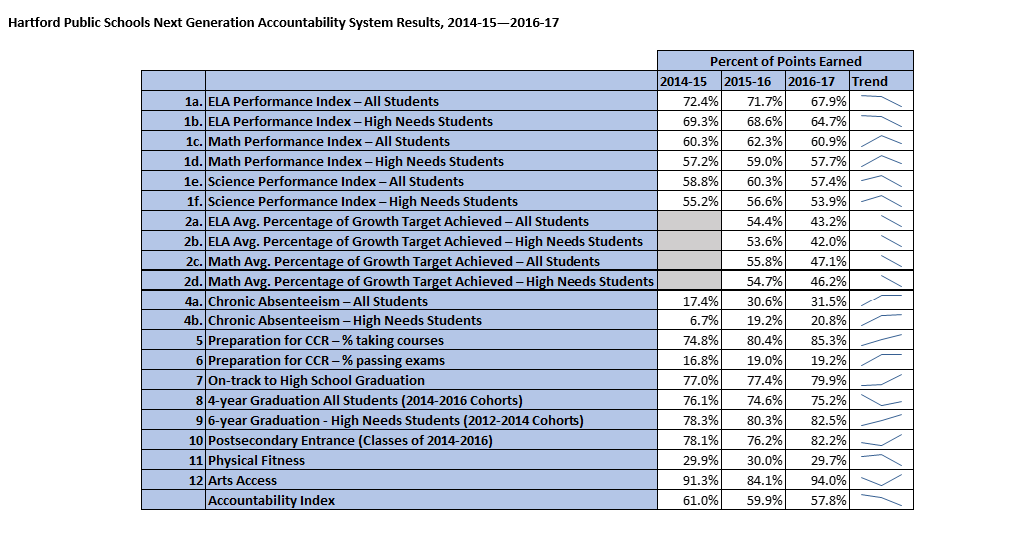The New Weaver High School Comes into View
The Weaver Steering Committee achieved its first goal – developing 30 plus recommendations for the new Weaver High School.
It’s been a little over a year since a community driven partnership with the Hartford Public Schools to design the new Weaver High School began. The co-led design process marshalled the collective talents of some sixty or so community leaders, nonprofit partners, parents, teachers, students, concerned residents and HPS staff to design a high school never before realized in Hartford. From the beginning, the dream has been to make manifest a school that would simultaneously address all of the challenges faced by North Hartford students entering high school severely underprepared while unlocking all of the potential these students have to win in life and in our local economy. And in that school, students’ robust and rigorous learning experience is to be informed by the many community partners taking part in the process.
The significance of this project was not lost on us or any stakeholder involved, as we already made note of here, here and here. Our desire has always been for Hartford to provide more high-quality educational opportunities for kids, and our belief has always been that the school district cannot do this alone. Through this process, it has been our hope to demonstrate exactly what a diverse team of community leaders can do on behalf of its children, its future college freshman, and its future employees.
Over the past year, workgroup members have put in long hours debating and discussing their biggest ideas, many informed by community forums, research, and the presentation of best practices in urban education here locally and from across the country. The result? So far, 30+ foundational recommendations to guide the design and execution of the new Weaver High. The combined recommendations form the basis of a plan that will shape how the new Weaver High School delivers academic learning experiences, engages with families and the community, and creates industry partnerships.
As a backbone support to the steering committee and each of the workgroups, we believe the recommendations are the best chance to deliver on the promise of giving each Weaver High student what they need to succeed.
Much work remains to be done within a short time frame. The plan must make its way through a vetting process with the Superintendent and HPS leadership, but then immediately after that we can start the formation of implementation teams that can work cross sector to make each recommendation a reality.
We’ll have more to share with you over the summer as the initial planning process wraps up. In the meantime, check out www.weaver2019.com for more information and stay tuned for ways you can get involved. Remember, Hartford can be and will be the first city in our state to produce high school graduates truly ready for college and career.





